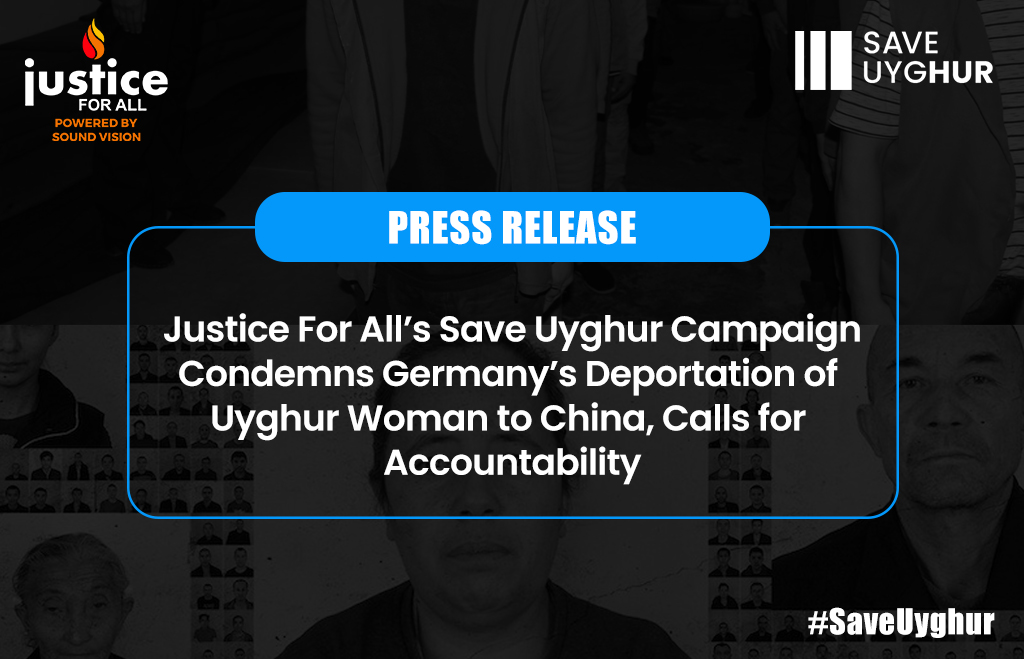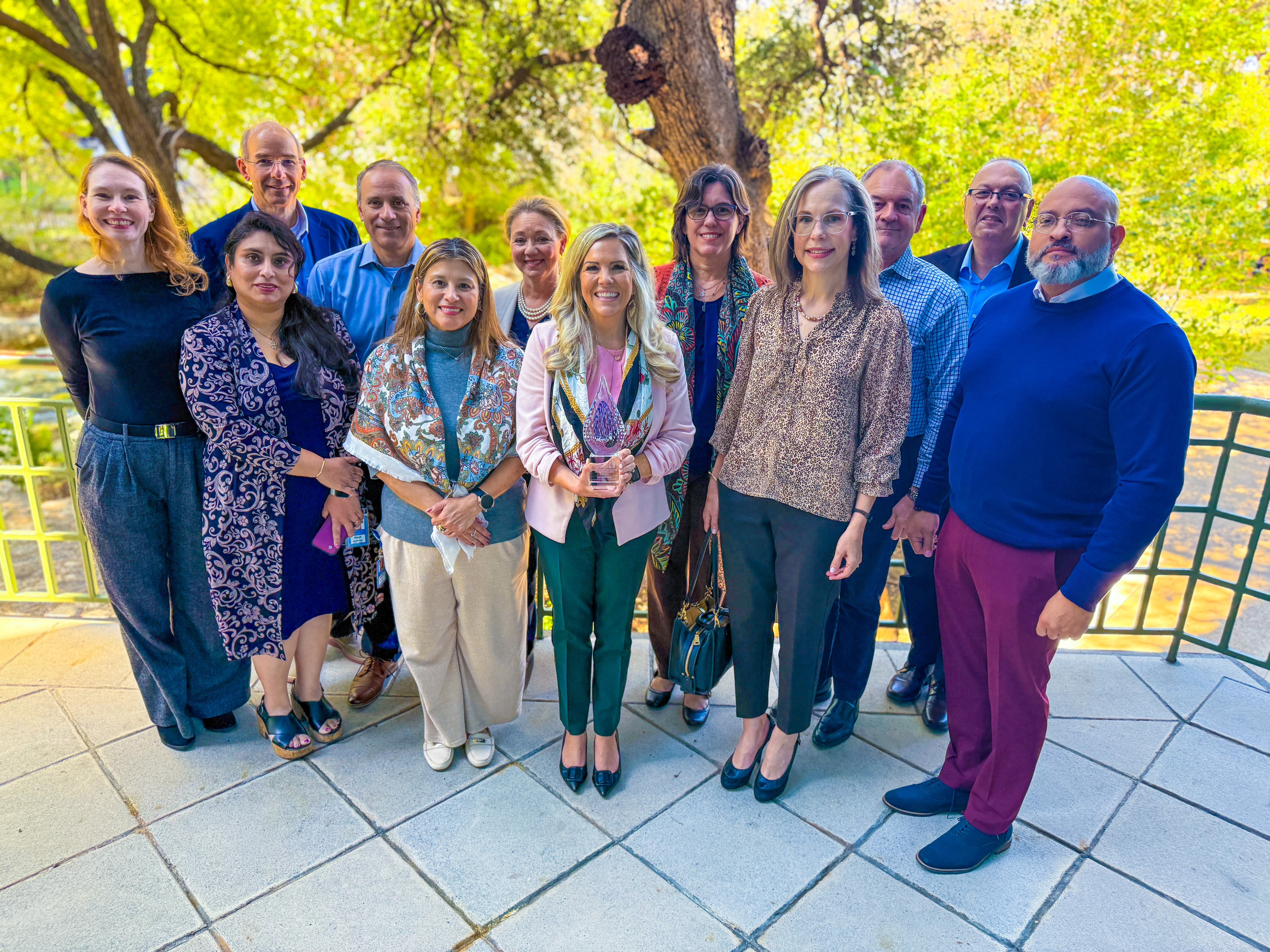Seven 2025 Baltimore Health Equity Impact Grant Recipients Awarded – Johns Hopkins Bloomberg School of Public Health

Report on the 2025 Baltimore Health Impact Grants and Alignment with Sustainable Development Goals
Introduction and Overview
The Johns Hopkins Urban Health Institute (UHI) has announced the recipients of the 2025 Baltimore Health Impact Grants. This initiative provides critical funding for collaborative, community-led projects designed to address significant health disparities in Baltimore. The grants support program development and research projects co-led by Johns Hopkins personnel and local community partners, directly targeting the root causes of inequity.
In 2025, seven projects were selected from a highly competitive pool, with the number of applications having nearly doubled from the previous year. Dr. Denis G. Antoine II, UHI Associate Director, noted that the current cohort demonstrates a clear emphasis on collaboration to achieve systemic progress.
Strategic Alignment with Sustainable Development Goals (SDGs)
The Baltimore Health Impact Grant initiative is fundamentally aligned with the United Nations’ Sustainable Development Goals (SDGs), contributing to a global agenda for peace and prosperity. The program’s structure and project objectives demonstrate a strong commitment to the following goals:
- SDG 3: Good Health and Well-being: The primary objective of the grants is to improve health outcomes and address health disparities, from addiction recovery to cancer prevention, directly contributing to targets for non-communicable diseases and mental health.
- SDG 10: Reduced Inequalities: By focusing on the social determinants of health and funding projects in marginalized communities, the initiative works to reduce health-related inequalities within the city of Baltimore.
- SDG 17: Partnerships for the Goals: The grant’s core requirement for collaboration between an academic institution (Johns Hopkins) and community organizations exemplifies the multi-stakeholder partnerships essential for sustainable development.
- SDG 11: Sustainable Cities and Communities: The projects are designed to be community-centered, enhancing the social fabric and well-being of Baltimore residents and making the urban environment more inclusive and resilient.
Project Scope and Collaborative Impact
The 2025 grant recipients are engaged in a diverse range of public health challenges, reflecting the multifaceted needs of the Baltimore community. The selected projects focus on areas including:
- Youth Engagement
- Food Justice (aligning with SDG 2: Zero Hunger)
- Trauma-Informed Care
- Cancer Prevention
Dr. Lisa A. Cooper, UHI Director, stated that by strengthening these community-academic research collaborations, the grants enable recipients to make a lasting impact on the lives of residents. This approach ensures that initiatives are co-created with trust, shared knowledge, and a mutual commitment to equity.
Case Studies in Sustainable Community Health
The impact of this grant model is evident in both past and current projects, which serve as exemplars of sustainable, community-integrated health solutions.
-
2024 Project: Peabody at the Shelter
This creative health initiative, a collaboration with Helping Up Mission (HUM), utilized music to support clients in addiction recovery. This project directly addresses SDG 3.5, which calls for strengthening the prevention and treatment of substance abuse. Funding enabled investment in musical instruments and strengthened partnerships, integrating the arts into the recovery journey.
-
2025 Project: Senior Wellness in Historic Sharp-Leadenhall
A new project led by Dr. Kimiko Krieger, in partnership with the Historic Sharp-Leadenhall community, aims to promote wellness among senior residents. The initiative focuses on cancer prevention and holistic lifestyle interventions, including healthy eating, exercise, and stress reduction. This work contributes to SDG 3 (Good Health and Well-being) and SDG 11 (Sustainable Cities and Communities) by strengthening community capacity and investing in the well-being of an established residential group.
Conclusion
The Baltimore Health Impact Grants represent a strategic investment in sustainable and equitable public health. By fostering deep collaborations and supporting community-led initiatives, the program not only addresses immediate health needs in Baltimore but also actively contributes to the broader framework of the Sustainable Development Goals. The diverse projects funded in 2025 are poised to generate meaningful and lasting change, demonstrating the power of partnerships in building healthier and more equitable communities.
SDGs Addressed in the Article
-
SDG 2: Zero Hunger
The article mentions “food justice” as a key area for the funded projects, which directly relates to ensuring access to safe and nutritious food for all.
-
SDG 3: Good Health and Well-being
This is the central theme of the article. The grants aim to address “health disparities,” “improve health outcomes,” and fund projects focused on “cancer prevention,” “trauma-informed care,” “addiction recovery,” and promoting “wellness” and “holistic lifestyle interventions.”
-
SDG 4: Quality Education
The article highlights a project that strengthens “community capacity through education and healthy habit-building,” which aligns with providing knowledge and skills for sustainable and healthy lifestyles.
-
SDG 10: Reduced Inequalities
The primary goal of the Baltimore Health Impact Grant is to “tackle the root causes of inequity” and address “longstanding health disparities,” which is the core mission of SDG 10.
-
SDG 11: Sustainable Cities and Communities
The projects are community-led initiatives within Baltimore, focused on strengthening community capacity and investing in residents. The article explicitly contrasts this approach with gentrification, promoting inclusive and sustainable community development.
-
SDG 17: Partnerships for the Goals
The entire initiative is built on “university-community collaborations” and “community-academic research collaborations.” The grant program itself is a multi-stakeholder partnership designed to achieve local development goals.
Identified SDG Targets
-
Target 2.1: End hunger and ensure access to safe, nutritious and sufficient food.
The focus on “food justice” projects aims to ensure that vulnerable communities in Baltimore have access to healthy food options.
-
Target 3.4: Reduce premature mortality from non-communicable diseases and promote mental health.
This is addressed through projects focused on “cancer prevention” and “holistic lifestyle interventions” such as healthy eating, exercise, and stress reduction for senior residents.
-
Target 3.5: Strengthen the prevention and treatment of substance abuse.
The “Peabody at the Shelter” project, which supports clients in “addiction recovery,” directly contributes to this target.
-
Target 4.7: Ensure all learners acquire knowledge and skills needed for sustainable development and lifestyles.
Dr. Krieger’s project, which uses “education and healthy habit-building” to promote wellness, directly aligns with this target by educating community members on healthy lifestyles.
-
Target 10.2: Empower and promote the social inclusion of all, irrespective of age, race, or economic status.
By funding projects that address health disparities, the grant program works to improve the well-being and social inclusion of marginalized communities in Baltimore.
-
Target 11.3: Enhance inclusive and sustainable urbanization and capacity for participatory planning.
The grant supports “community-led” and “co-create[d] initiatives,” which enhances the capacity for participatory management of community health and well-being in an urban setting.
-
Target 17.17: Encourage and promote effective public, public-private and civil society partnerships.
The entire grant model is an example of this target in action, fostering “university-community collaborations” between Johns Hopkins and local Baltimore organizations.
Indicators for Measuring Progress
-
Number of community-led health projects funded.
The article explicitly states that “seven program development and research projects” were awarded in 2025, serving as a direct indicator of action and investment.
-
Number of grant applications.
The article mentions that applications “nearly doubling from last year” implies a growing interest and engagement in community-academic partnerships, which can be used as a process indicator.
-
Number of community members reached by health interventions.
Implied by projects aiming to promote wellness among “senior residents” and support “clients in addiction recovery.” Progress would be measured by the number of individuals participating in and benefiting from these programs.
-
Implementation of educational programs on healthy lifestyles.
The project focusing on “healthy eating, exercise, stress reduction, and re-socialization” implies that the creation and delivery of these educational initiatives is a key measure of success.
-
Establishment and strengthening of community-academic partnerships.
The article highlights the goal of “strengthening community-academic research collaborations.” The number and quality of these partnerships are a direct indicator of progress toward SDG 17.
SDGs, Targets, and Indicators Analysis
| SDGs | Targets | Indicators (Mentioned or Implied) |
|---|---|---|
| SDG 2: Zero Hunger | 2.1: End hunger and ensure access to safe, nutritious and sufficient food. | Implementation of “food justice” initiatives. |
| SDG 3: Good Health and Well-being | 3.4: Reduce premature mortality from non-communicable diseases and promote mental health. 3.5: Strengthen the prevention and treatment of substance abuse. |
Number of residents reached by cancer prevention programs; Number of clients supported in addiction recovery. |
| SDG 4: Quality Education | 4.7: Ensure all learners acquire knowledge and skills needed for sustainable lifestyles. | Number of community members participating in educational programs on healthy habits. |
| SDG 10: Reduced Inequalities | 10.2: Empower and promote the social inclusion of all. | Funding of projects specifically designed to reduce health disparities. |
| SDG 11: Sustainable Cities and Communities | 11.3: Enhance inclusive and sustainable urbanization and capacity for participatory planning. | Number of community-led projects co-created and implemented. |
| SDG 17: Partnerships for the Goals | 17.17: Encourage and promote effective public, public-private and civil society partnerships. | Number of university-community collaborations established; Number of grant applications and funded projects. |
Source: publichealth.jhu.edu

What is Your Reaction?
 Like
0
Like
0
 Dislike
0
Dislike
0
 Love
0
Love
0
 Funny
0
Funny
0
 Angry
0
Angry
0
 Sad
0
Sad
0
 Wow
0
Wow
0











































































